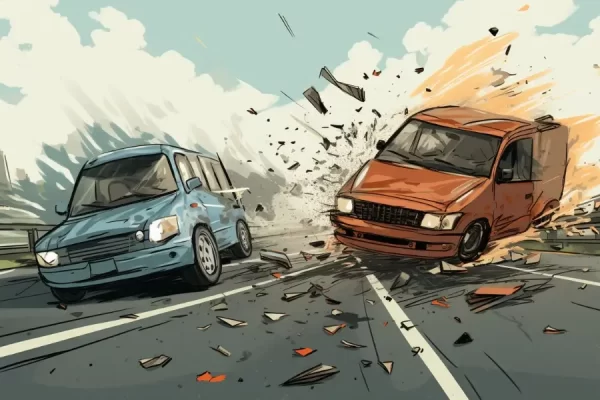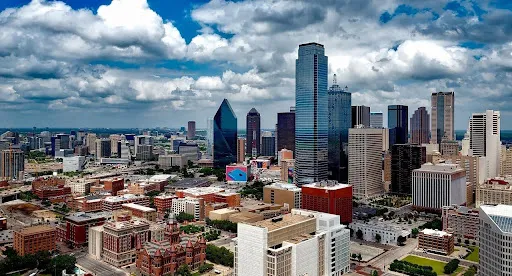A law firm’s success depends on many factors, with depth and expertise in core practice areas at the top. Developing a solid marketing program is also essential.
The five most common types of car accidents include rear-ending collisions, side-impact collisions, T-bone collisions, head-on collisions, and sideswipe crashes. Each of these accident types can lead to severe injuries.
Rear-End Collisions
Rear-end collisions are more common than you may think. They also tend to cause serious injuries, including whiplash and agonizing back and neck pain. A driver following too closely behind the vehicle in front causes many of these incidents. This can happen on highways and freeways when drivers encounter traffic congestion or at intersections when a car pulls out to make a turn. Regardless, a driver should always leave sufficient space to be able to stop when traffic slows or stops.
When a rear-end accident occurs, it can be difficult to determine fault. This is especially true if the driver who struck you was also tailgating. Fortunately, Ft. Lauderdale car crash law firm can help by obtaining traffic camera footage that proves who was at fault for the crash.
Side-Impact Collisions
A broadside collision or side-impact crash involves the front of one car hitting the side of another. While they may not be as deadly as head-on crashes, these accidents still pose severe dangers to the occupants of both vehicles.
This is because, unlike a front or rear impact, which provides a sizeable metal buffer and protection, there is less of a protective barrier between the collision point and occupants in a side-impact accident. Furthermore, a vehicle hit on its side is more likely to roll over than other car crashes.
These collisions happen when vehicles fail to yield at an intersection or swerve to avoid hitting a stopped car on a multi-lane highway.
In addition, they can be caused by distracted driving or by alcohol and drug use. Whatever the cause, these incidents can result in a wide range of injuries for drivers and passengers. They can also be especially dangerous for children in cars in booster seats or car seats.
T-Bone Collisions
T-bone crashes occur when the front of one vehicle collides with the side of another. They are also known as broadside collisions or right-angle collisions. These collisions might result in severe injuries for the occupants of the struck car. Traumatic brain injury, spinal cord injuries, cracked or herniated discs, and other severe traumas are possible.
Many T-bone crashes are caused by drivers failing to respect traffic rules such as stoplights or stop signs. They could also be caused by speeding, driving while texting, being distracted, or when the driver is tired and sleepy.
Injuries commonly associated with T-bone accidents include head injuries such as skull fractures, concussions, and traumatic brain injury. Other impacts, such as shattered windshields and windows, can also cause them. Punctured eardrums are also common in these types of accidents. Whiplash is another common injury suffered in T-bone collisions. These incidents frequently result in major medical expenditures, missed wages, and significant pain and suffering for the injured sufferer.
Head-On Collisions
The most severe sort of car accident is a head-on collision. When drivers traveling in opposite directions collide front-to-front, the force of the impact is multiplied due to the large size of both vehicles and the relative speed of the vehicles. This type of accident frequently causes severe injuries to the occupants, including head, brain, and spine trauma. Distracted driving, intoxicated or impaired driving, driver weariness, and failure to maintain your vehicle can all contribute to head-on collisions.
Single-vehicle accidents are less common but can result in serious injuries when the driver hits a fixed object such as a light post, guardrail, or fence. Injuries may be severe if the driver is trapped in their vehicle or if it rolls over. Like all drivers, a driver has a duty of care to operate their vehicle safely. If a driver fails to do so and causes a crash, they may be liable for damages.




